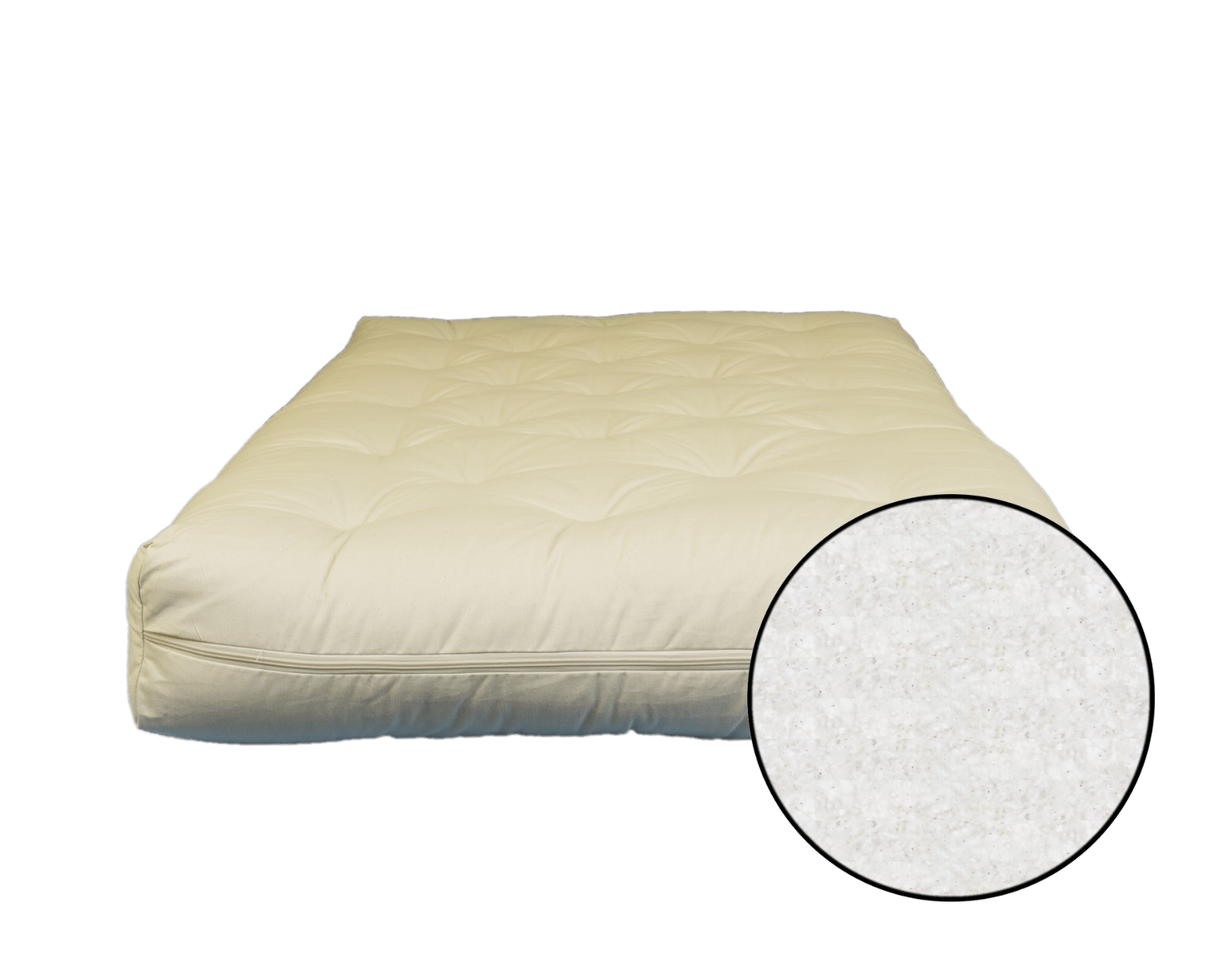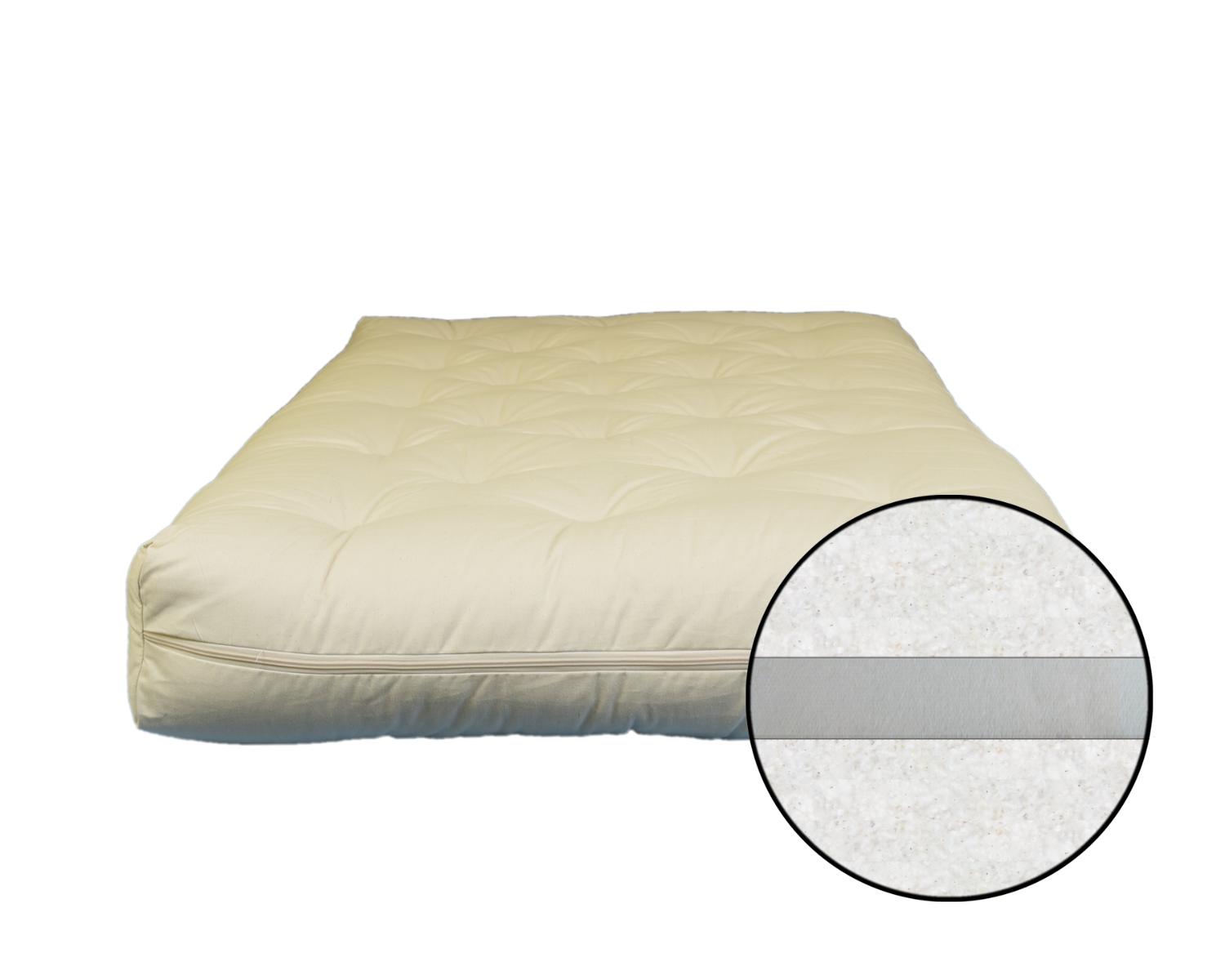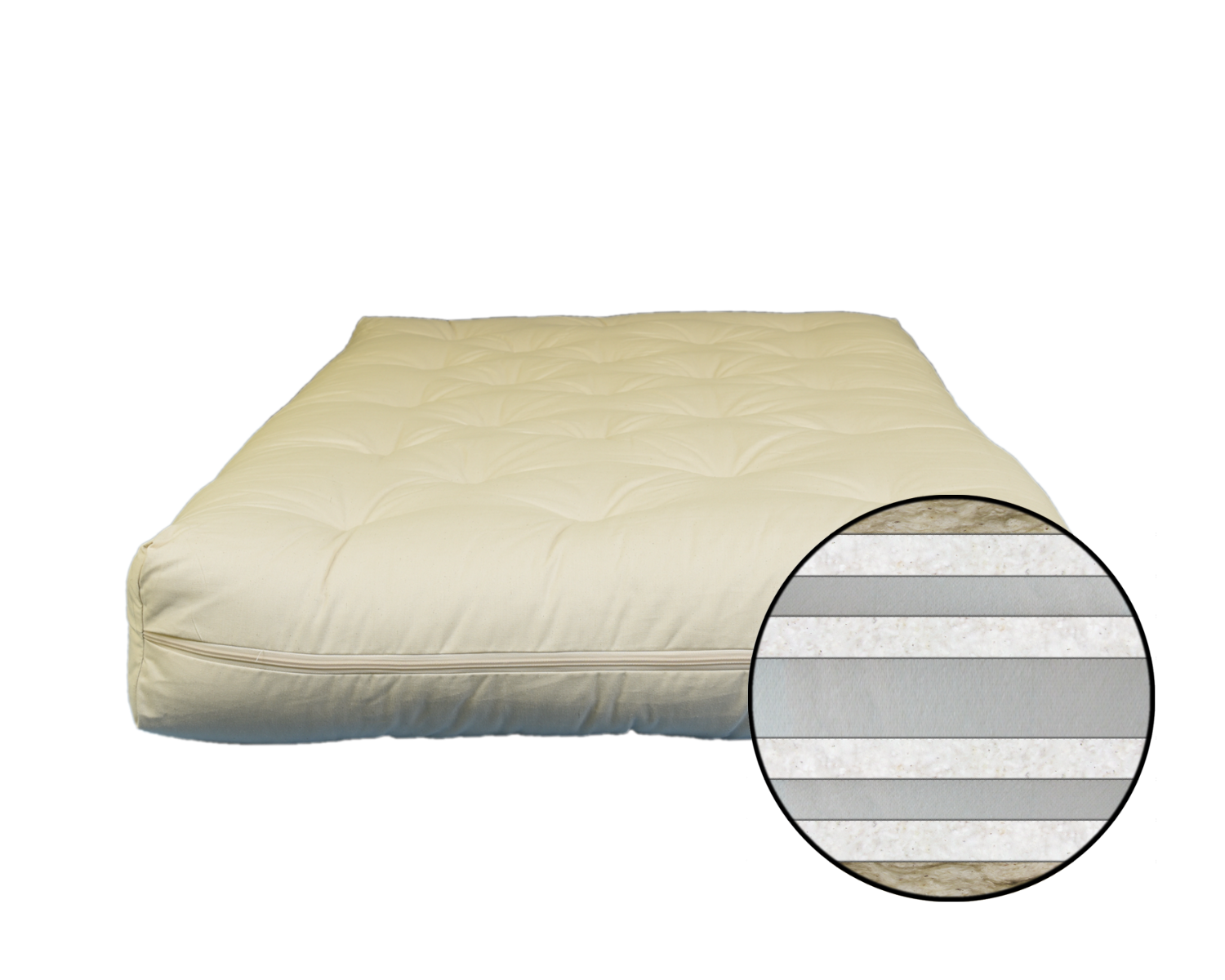Come winter, and it’s time to rearrange and invest in buying new comforters for your bed.
That being said, both wool and down comforters have their fair share of popularity in the market.
Wool, as most of us are aware, is extracted from animals like goats, sheep, and llamas. In comparison, down comforters rely on the feathers and undercoatings of geese and ducks.
However, in close comparison, a winter wool comforter can significantly help keep warm, offer maximum comfort, and last over the years.
This post aims to cover more ground to mull over multiple reasons that make winter wool comforters the best choice ever.
A Closer Look at the Benefits of Winter Wool Comforters
Learn how wool maintains an appropriate body temperature for diverse sleepers. Traverse through the maintenance and sustainable manufacturing practices that make winter wool comforters a superior choice for a warm, clean, and eco-friendly experience.
Excellent Thermoregulation Properties
Wool, by all means, is a natural insulator.
Hence, its inherent thermoregulating features work best to trap warm and dry air near one’s skin when the surrounding atmosphere is cool.
Alternatively, it works towards moving the heat away from your body when it’s already warm outside.
In a market study, it was found that a winter wool comforter, when shared with a partner, helps maintain a comfortable body temperature.
Body temperature varies from person to person, and a winter wool comforter functions to maintain a great microclimate for everyone.
Now, in the case of down comforters using duck or goose feathers, it’s a lot different.
Let’s take a moment to understand what feathers do to help a duck. To start with, the down feathers assume a loose structure and function as an insulator to protect against loss of heat. It invariably traps the warmth along with dampness and perspiration. Doing so helps a duck maintain a very stable body temperature. As they live close to water bodies, the setting is perfectly favorable.
However, humans aren’t ducks (no-brainer).
Hence, when we sleep at night, we perspire or sweat naturally. Now, when it’s expelled from our body, it needs to be transported away from us and not stay trapped within, unlike a duck.
Using down comforters may give way to a smelly, wet, and cold feeling, which is never an ideal choice for anyone, especially if you are sleeping with a partner, it can wreak havoc on your romance.
It Repels Bacteria and Microbes
A winter wool comforter, compared to just about any fabric, is way cleaner and emits a fresh feeling even after extended use.
It’s all due to the presence of a natural and waxy substance called Lanolin that rests on the wool fiber exteriors and is believed to contain fatty acids. This, in turn, keeps away bacteria, mold, and mildew.
The majority of allergens, mold, and dust mites thrive in warm and moist climates. However, in the case of wool, it tends to stay dry and cooler than its surrounding environment, which makes it difficult for bacteria to multiply.
Also, a winter wool comforter assumes a dual feature; on the exterior, it tends to stay hydrophobic and repel liquids. On the insides, wool has hygroscopic properties, meaning it will always absorb moisture. This is where it is markedly different from other popular choices of fabric, like cotton, for instance.
However, wool can function to hold no less than thirty percent of its weight in water and still won’t give a damp feeling. Thus, anyone who is prone to developing allergies or a medical condition like asthma can catch a good night’s sleep using a winter wool comforter.
Easy Maintenance
Probably one of the most compelling reasons to choose a wool winter comforter is its easy maintenance.
Besides its natural antibacterial properties, a winter wool comforter can be taken care of easily, cleaned, and hung to dry in the sun.
You might as well include a cover to keep it dust-free and wash it a couple of times in three to four months, and you’re good to go!
Such freedom is rarely witnessed when working with down comforters. They aren’t easy to clean as they require mild detergents and air drying in most cases.
Plus, post-washing, it ceases to return to its original shape and seldom offers the fluffy and comfortable feeling of a winter wool comforter.
Promotes Sustainable and Ethical Manufacturing
Compared to down comforters, wool as a fabric promotes an ethical and sustainable manufacturing process.
Regrettably, often the feathers that go into making down comforters employ “Live Plucking”. It is a painful process that involves pulling the feathers along with their undercoatings from an animal’s skin when it’s still alive.
In comparison, wool that is extracted and used for commercial manufacturing processes is derived by shaving off the excess coatings from a goat, lamb, or llama. The wool extraction process, by no means, involves any harm to the animal, and the shaved-off coating always grows back.
Wrap up
So, you see, a winter wool comforter is always a better choice when it comes to maintaining stable body temperatures, staying warm, and catching a good night’s sleep.
However, before buying, you might want to check the manufacturer’s label to ensure it’s a hundred percent wool comforter or carries mixed fabric.








